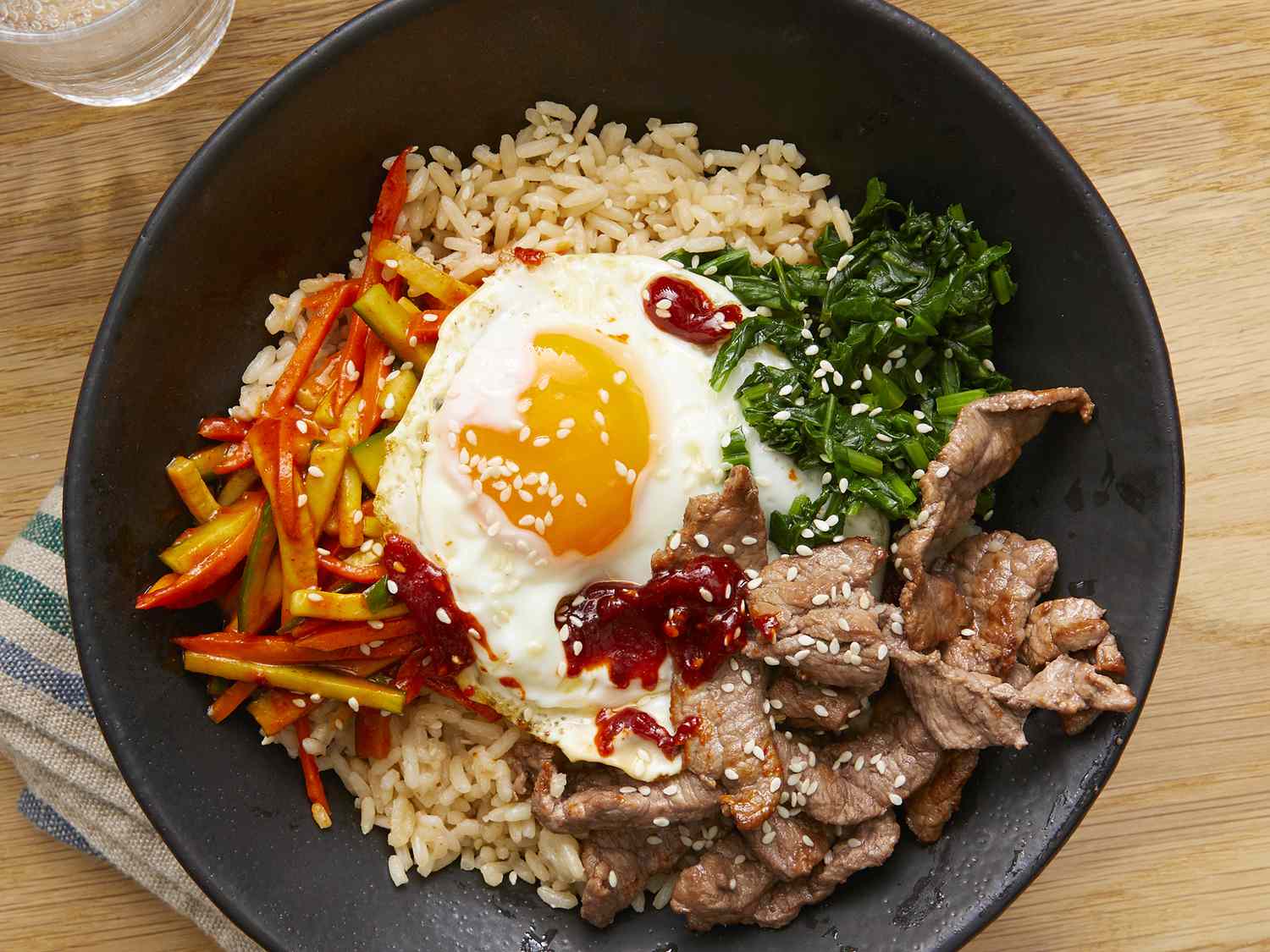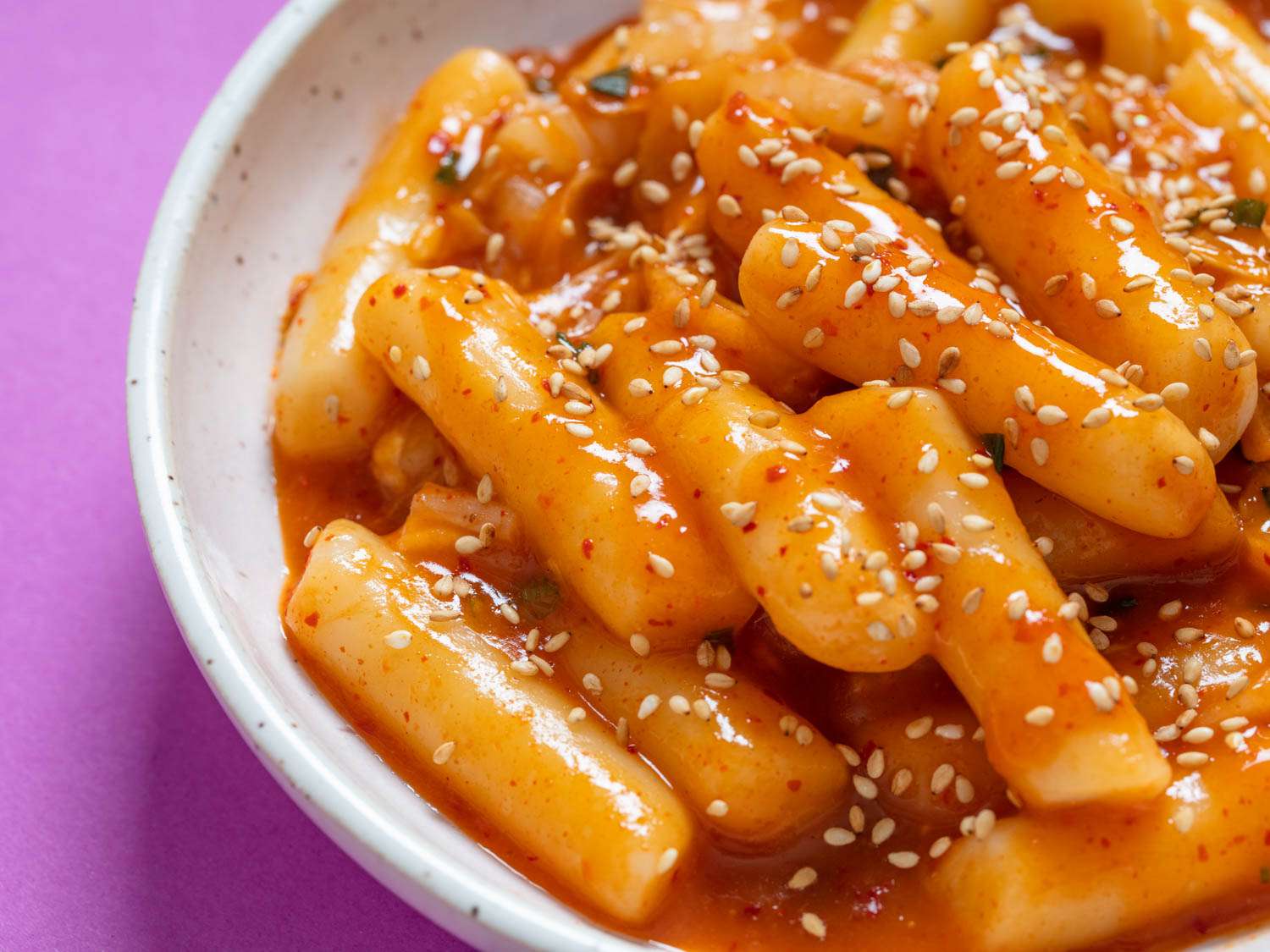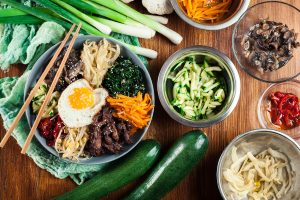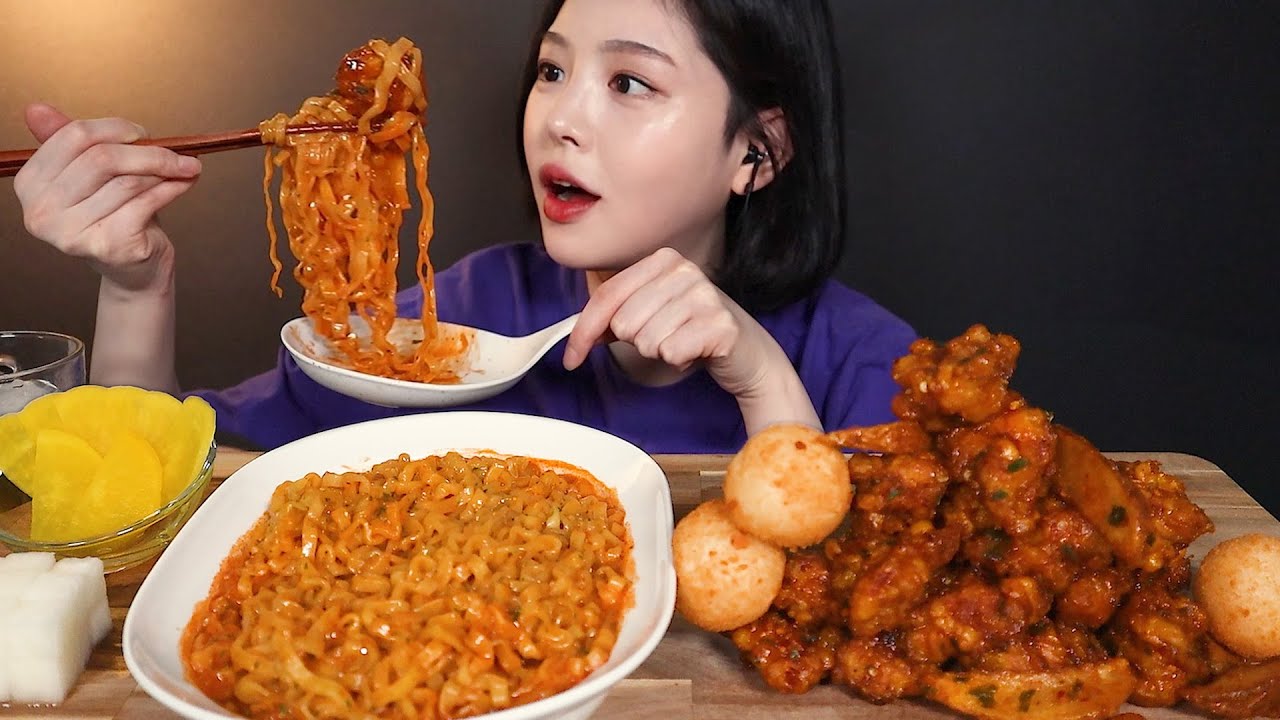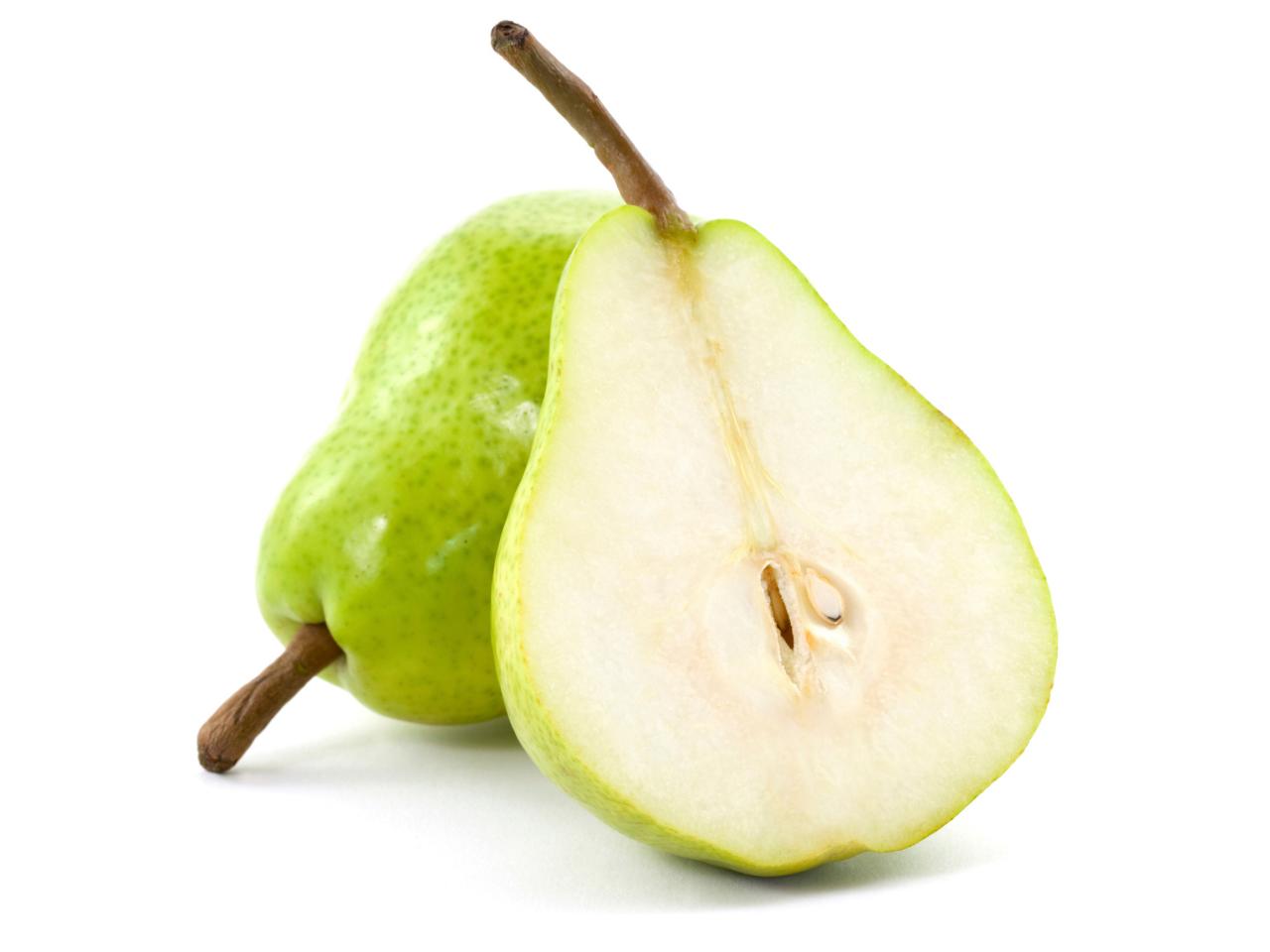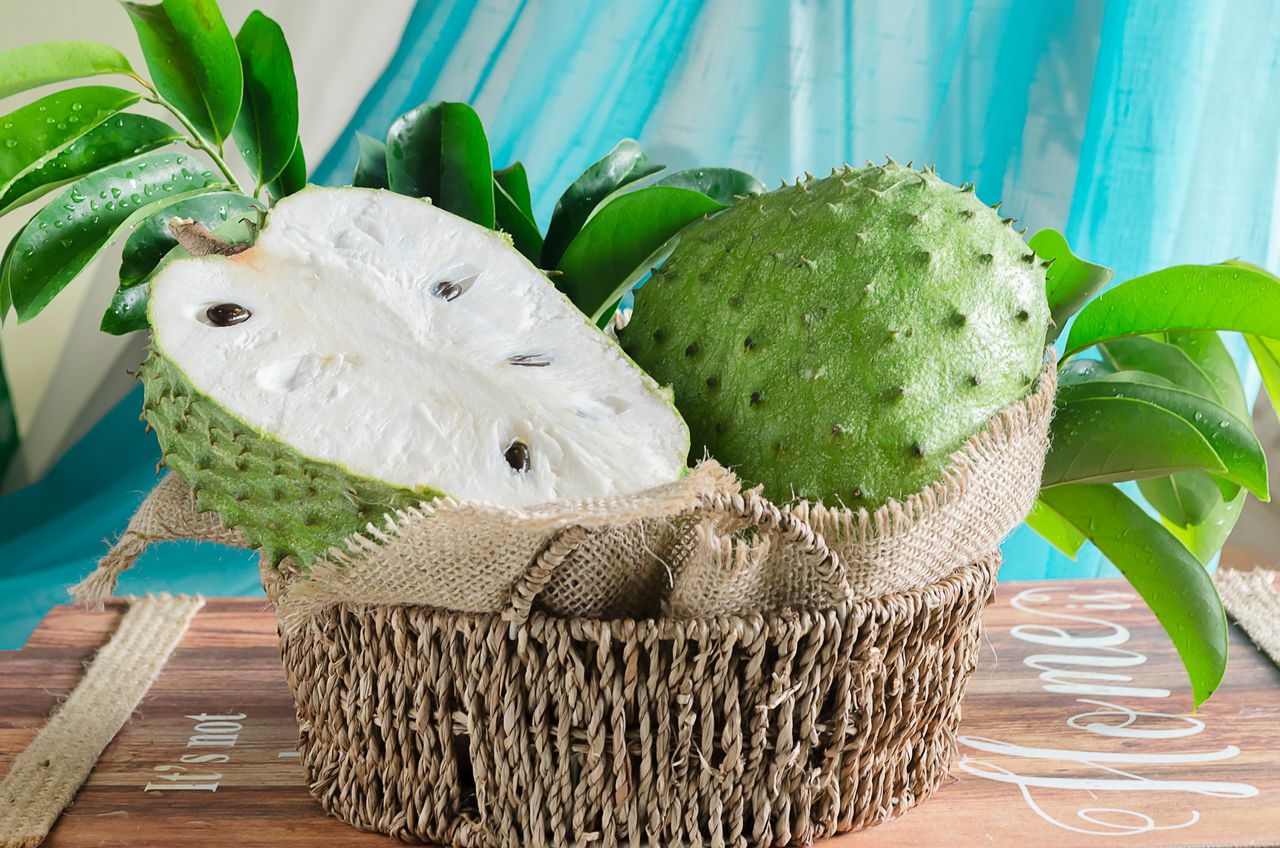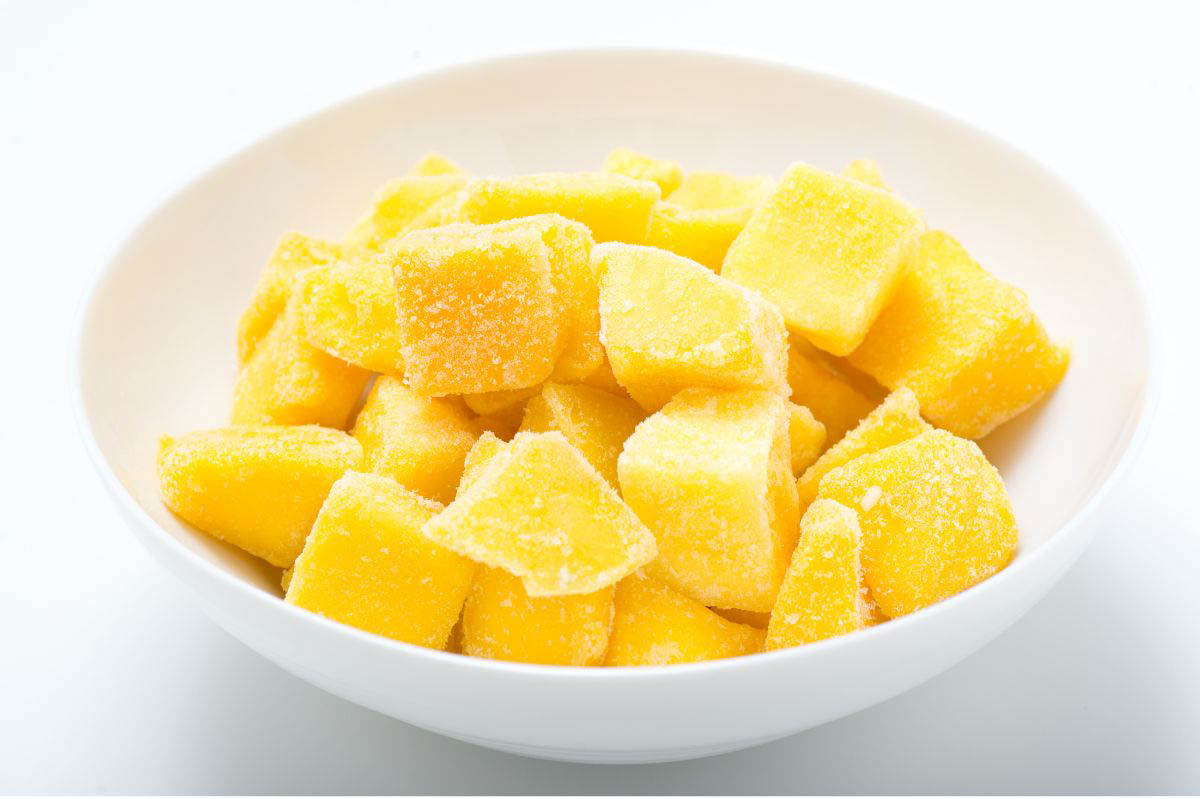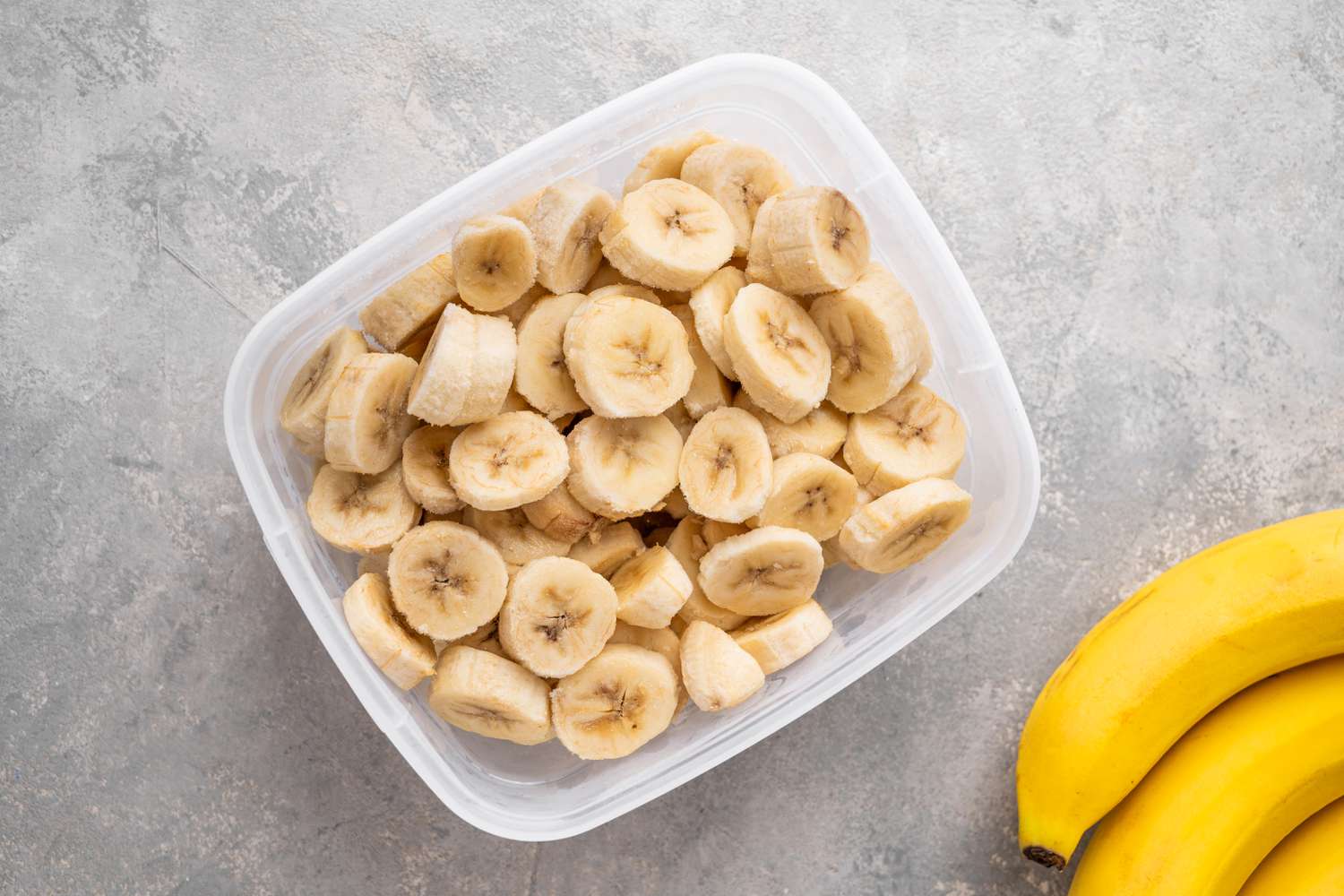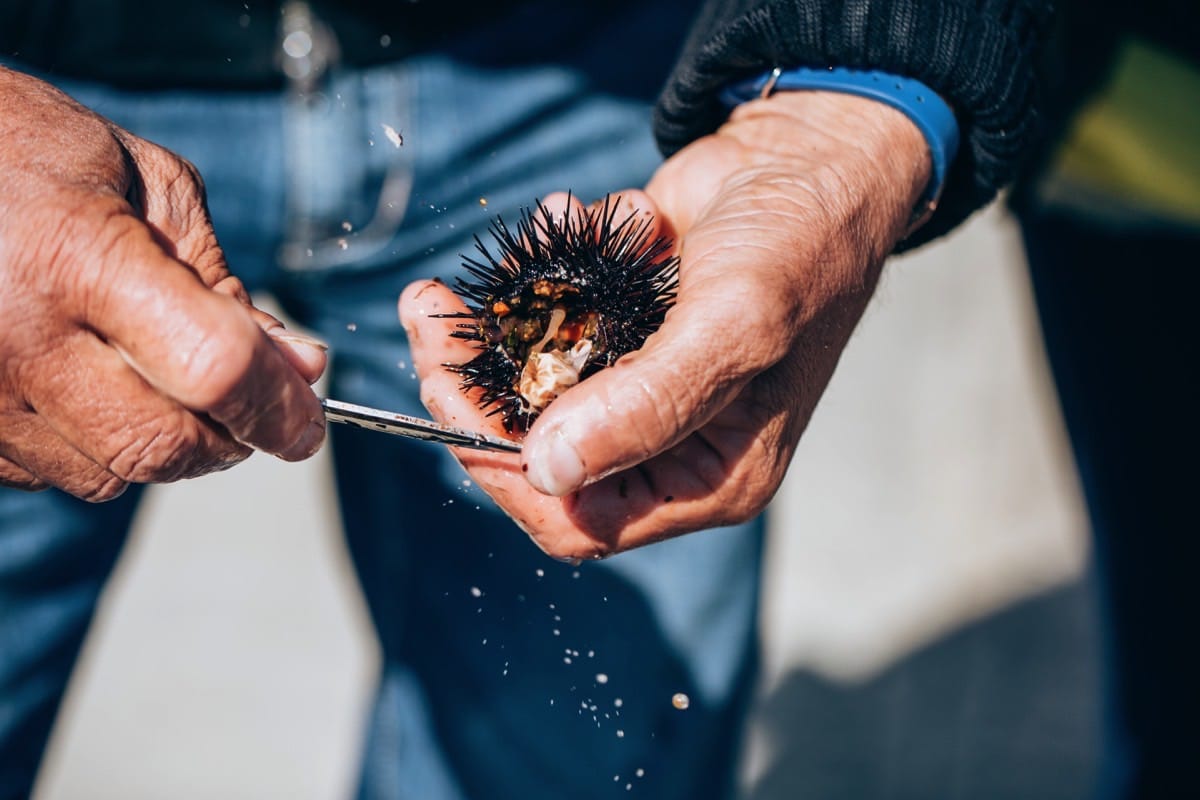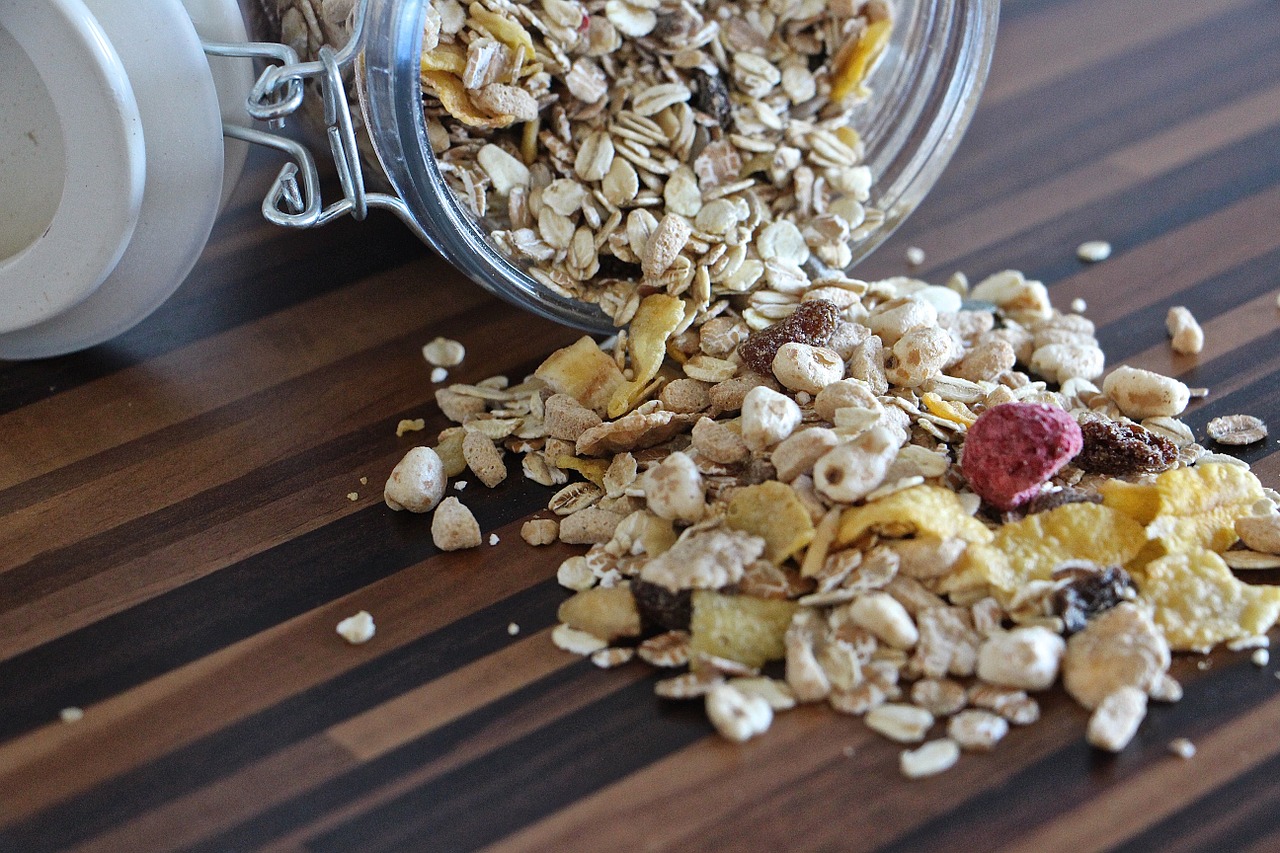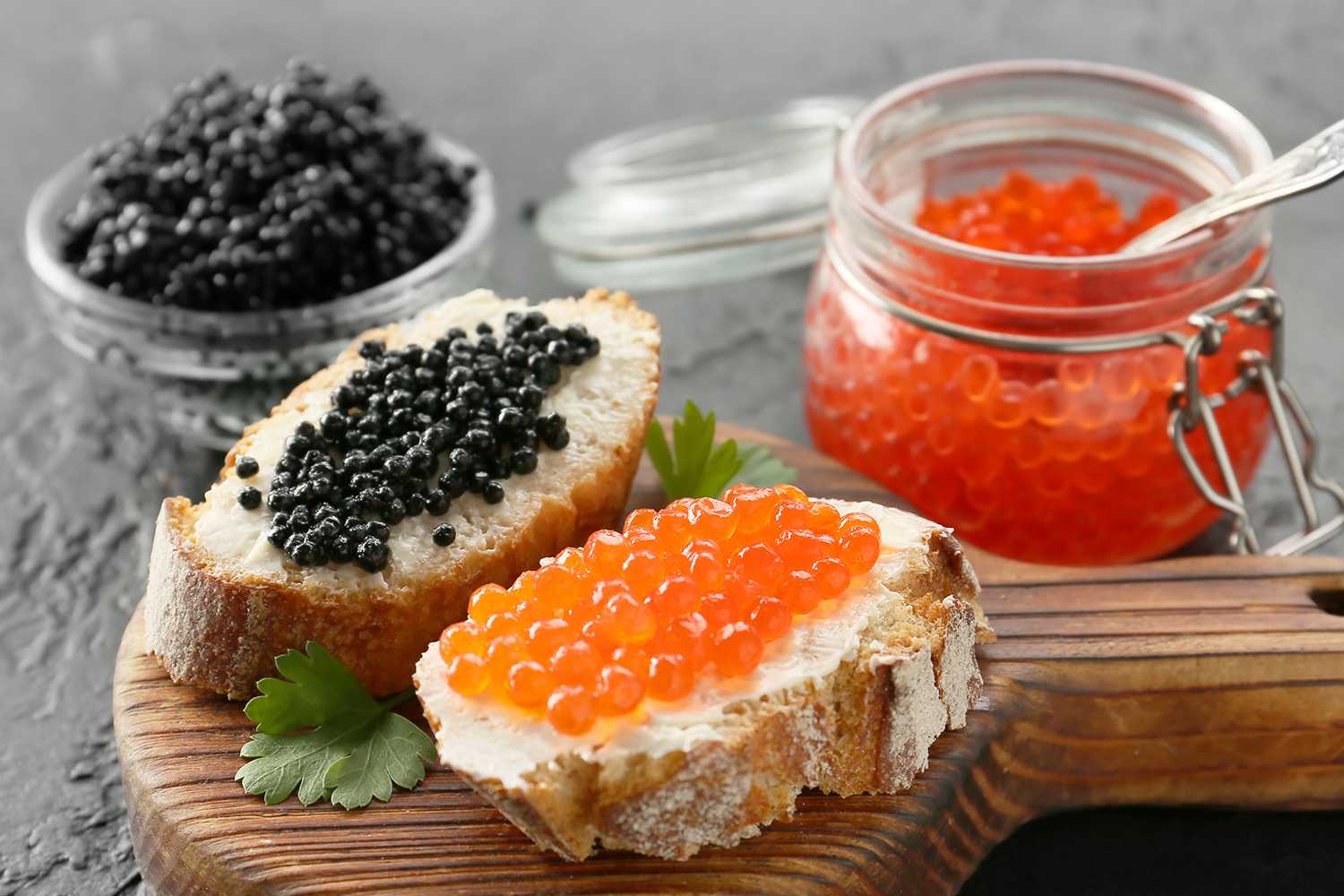Delicious and Nutritious: Korean Tofu Soup
When it comes to Korean cuisine, one dish that stands out for its comforting warmth and delightful flavors is Korean tofu soup. This traditional dish, also known as Soondubu jjigae, is a popular choice for those seeking a hearty and satisfying meal. Whether you’re a fan of Korean food or looking to explore new culinary experiences, learning how to eat Korean tofu soup can be a delightful adventure for your taste buds.
Understanding Korean Tofu Soup
Korean tofu soup is a flavorful and spicy stew that features soft tofu as its main ingredient. It is often prepared with a variety of additions such as seafood, meat, and vegetables, creating a rich and aromatic broth that is both comforting and nourishing. The soup is typically served in a hot stone pot, keeping it warm throughout the meal.
How to Enjoy Korean Tofu Soup
When it comes to savoring Korean tofu soup, there are a few key points to keep in mind to ensure an authentic and enjoyable experience:
- Choose Your Spice Level: Korean tofu soup is known for its spicy kick, so be sure to select the spice level that suits your palate. From mild to extra spicy, there’s a variation for everyone.
- Pair it with Banchan: Banchan, or side dishes, are an essential part of Korean dining. Enjoy your tofu soup with an assortment of banchan to complement the flavors and textures.
- Crack an Egg: For an added touch of richness, crack a raw egg into the bubbling hot soup. The egg will cook gently in the heat, adding a creamy and indulgent element to the dish.
- Embrace the Heat: Korean tofu soup is best enjoyed piping hot. Take your time to savor each spoonful, allowing the flavors to unfold and warm your soul.
Etiquette and Tradition
When dining on Korean tofu soup, it’s important to embrace the etiquette and traditions that surround this beloved dish. Here are a few tips to enhance your experience:
- Respect the Elders: In Korean culture, it is customary to wait for the eldest person at the table to begin eating before you start your meal.
- Use Chopsticks and Spoons: While chopsticks are commonly used for picking up solid ingredients, a spoon is essential for savoring the flavorful broth.
- Slurping is Encouraged: In Korean dining etiquette, slurping your soup is a sign of enjoyment and appreciation for the meal.
Health Benefits of Korean Tofu Soup
Besides its delectable taste, Korean tofu soup offers a range of health benefits. The soft tofu is a good source of plant-based protein, making it an excellent option for vegetarians and vegans. Additionally, the inclusion of various vegetables and seafood provides essential nutrients and vitamins, contributing to a well-balanced diet.
Conclusion
Learning how to eat Korean tofu soup is not just about enjoying a delicious meal; it’s an opportunity to immerse yourself in the rich culinary heritage of Korea. From selecting the right spice level to embracing dining etiquette, every aspect of savoring this traditional dish adds to the overall experience. So, the next time you have the chance to indulge in Korean tofu soup, savor each spoonful and appreciate the depth of flavors that this beloved dish has to offer.
